Building Intelligent Automation: The Role of Artificial Intelligence Developers in End-to-End AI Workflows
Automation has long been associated with industrial robots and basic scripting tools. But with the rise of artificial intelligence, a new era has begun—intelligent automation, where systems can not only perform tasks but also adapt, learn, and improve without explicit reprogramming. Behind these powerful capabilities are the artificial intelligence developers who design, engineer, and deploy the technologies that make intelligent automation a reality.
Automation has long been associated with industrial robots and basic scripting tools. But with the rise of artificial intelligence, a new era has begun—intelligent automation, where systems can not only perform tasks but also adapt, learn, and improve without explicit reprogramming. Behind these powerful capabilities are the artificial intelligence developers who design, engineer, and deploy the technologies that make intelligent automation a reality.
From automating customer support and business analytics to smart document processing and predictive maintenance, today’s automation systems rely on AI-driven insights and decision-making. And the success of these systems depends heavily on the expertise of artificial intelligence developers who bridge the gap between data science and software engineering.
What Is Intelligent Automation?
Intelligent automation (IA) is the integration of artificial intelligence technologies into business processes to create systems that can:
-
Understand natural language and context
-
Make decisions based on data patterns
-
Learn from past interactions
-
Automatically adapt to changes
-
Handle unstructured inputs like text, images, or speech
This goes far beyond robotic process automation (RPA), which merely mimics repetitive rule-based tasks. Intelligent automation uses AI components like machine learning, NLP, computer vision, and cognitive agents—all of which are built and maintained by AI developers.
Components of an Intelligent Automation System
A. Data Collection and Integration
Structured and unstructured data from various sources is gathered in real-time.
B. Cognitive Capabilities
AI developers integrate machine learning models, language understanding (NLP), or vision recognition to analyze and understand the input data.
C. Decision Logic
Based on insights from the AI models, the system decides what action to take—be it processing a loan application, detecting fraud, or responding to a customer.
D. Action Execution
Developers use automation platforms or APIs to execute the decision in real-time, often integrating with CRM, ERP, or custom software tools.
Use Cases Where AI Developers Enable Intelligent Automation
1. Customer Support
AI developers build smart chatbots and virtual agents capable of understanding and resolving customer queries 24/7 using NLP and retrieval-based architectures.
2. Document Processing
From invoices to contracts, developers use computer vision and NLP to extract and process data from scanned or digital documents.
3. Predictive Maintenance
In manufacturing, AI developers train models on sensor data to predict machine failure and automate scheduling of repairs or alerts.
4. HR and Recruitment
AI-driven resume screening, candidate shortlisting, and employee engagement analytics are made possible by intelligent systems designed by skilled developers.
5. Finance and Compliance
Developers automate complex tasks such as anomaly detection, KYC verification, and compliance monitoring using AI-powered rule engines.
The Role of AI Developers in Automation Pipelines
While business leaders identify the “what” to automate, artificial intelligence developers handle the “how.” Their responsibilities include:
• Designing AI Models
They build models tailored to specific business functions like document classification, intent detection, or anomaly recognition.
• API Development
Developers expose models as REST or gRPC APIs, enabling integration with existing business applications.
• Workflow Orchestration
Using tools like Apache Airflow, Prefect, or custom logic, they automate end-to-end workflows that coordinate data processing, prediction, and actions.
• Monitoring and Feedback Loops
AI developers build logging systems to detect model drift, system bottlenecks, or failure patterns, allowing for continuous improvement.
• Scaling and Deployment
They optimize inference pipelines and deploy them in cloud or edge environments to support large-scale automation use cases.
Top Tools Used in AI-Powered Automation Projects
| Task | Tools / Platforms |
|---|---|
| NLP and Language Models | Hugging Face Transformers, spaCy, BERT, GPT APIs |
| Document AI | Tesseract OCR, Azure Form Recognizer, LayoutLM |
| Workflow Automation | Apache Airflow, UiPath, Zapier, Camunda |
| Model Serving | FastAPI, Flask, TensorFlow Serving, Docker |
| Monitoring and Logs | ELK Stack, Prometheus, Grafana, Sentry |
| Deployment | AWS, Azure, GCP, Kubernetes, CI/CD pipelines |
These tools allow developers to build reliable, intelligent workflows that can automate complex, decision-based business operations.
Challenges Solved by Artificial Intelligence Developers
AI automation is far from plug-and-play. Developers solve challenges such as:
-
Handling Unstructured Data: Making sense of varied formats like scanned PDFs, emails, and handwritten text.
-
Ensuring Model Accuracy: Continuously improving prediction quality through retraining and feedback loops.
-
Compliance and Privacy: Implementing data protection, audit trails, and bias mitigation strategies.
-
Latency and Availability: Ensuring real-time predictions and 99.9% uptime across systems.
-
Human-in-the-Loop Design: Building systems that escalate to humans when AI confidence is low or ambiguity is high.
These efforts result in automation systems that are not only intelligent but also reliable and responsible.
A Real-Life Example: AI Automation in Insurance Claims
An insurance provider wanted to automate the initial review of claim documents. Their AI team:
-
Trained NLP models to extract key data points like policy number, claim type, and incident description.
-
Applied computer vision to assess damage from attached images.
-
Built an API-based system that routed low-risk claims for automatic approval and flagged complex ones for human review.
Results:
-
60% faster claim processing
-
30% lower operational costs
-
20% fewer errors in data entry and document handling
All enabled by a team of expert artificial intelligence developers who understood both the AI and operational aspects of automation.
Trends Shaping the Future of Intelligent Automation
1. Conversational AI + Workflow Integration
AI developers are embedding voice or chat agents directly into automation pipelines for seamless voice-to-action systems.
2. AutoML in Automation
Developers are leveraging AutoML platforms to simplify model training while retaining control over deployment and monitoring.
3. Low-Code + AI Fusion
AI developers are now integrating machine learning with low-code platforms, allowing non-technical teams to trigger complex workflows.
4. Process Mining + AI
Combining process mining with AI allows developers to identify bottlenecks and optimize automation strategies based on real usage data.
5. Cognitive RPA
Instead of basic scripting, RPA bots are now being enhanced with learning capabilities by developers who integrate AI perception and reasoning into bots.
Why Hiring AI Developers Is Crucial for Automation Projects
To build intelligent automation that truly adds value, businesses must go beyond off-the-shelf tools. They need custom, adaptable systems built by skilled artificial intelligence developers who:
-
Understand the specific business process being automated
-
Have hands-on expertise in AI model development and deployment
-
Ensure system security, scalability, and interpretability
-
Can create feedback mechanisms for continuous learning
Without this talent, automation initiatives often hit walls of rigidity, inaccuracy, or technical failure.
Conclusion: Automate Smarter with the Power of AI Development
Intelligent automation has the power to radically improve how businesses operate—saving time, reducing cost, and enhancing decision quality. But this transformation doesn’t happen with automation alone. It requires intelligent systems built by even more intelligent minds.
That’s where MagicFactory comes in. With our top-tier artificial intelligence developers, you can streamline operations, enhance productivity, and deploy automation systems that think as they act. Don’t just automate—automate intelligently.
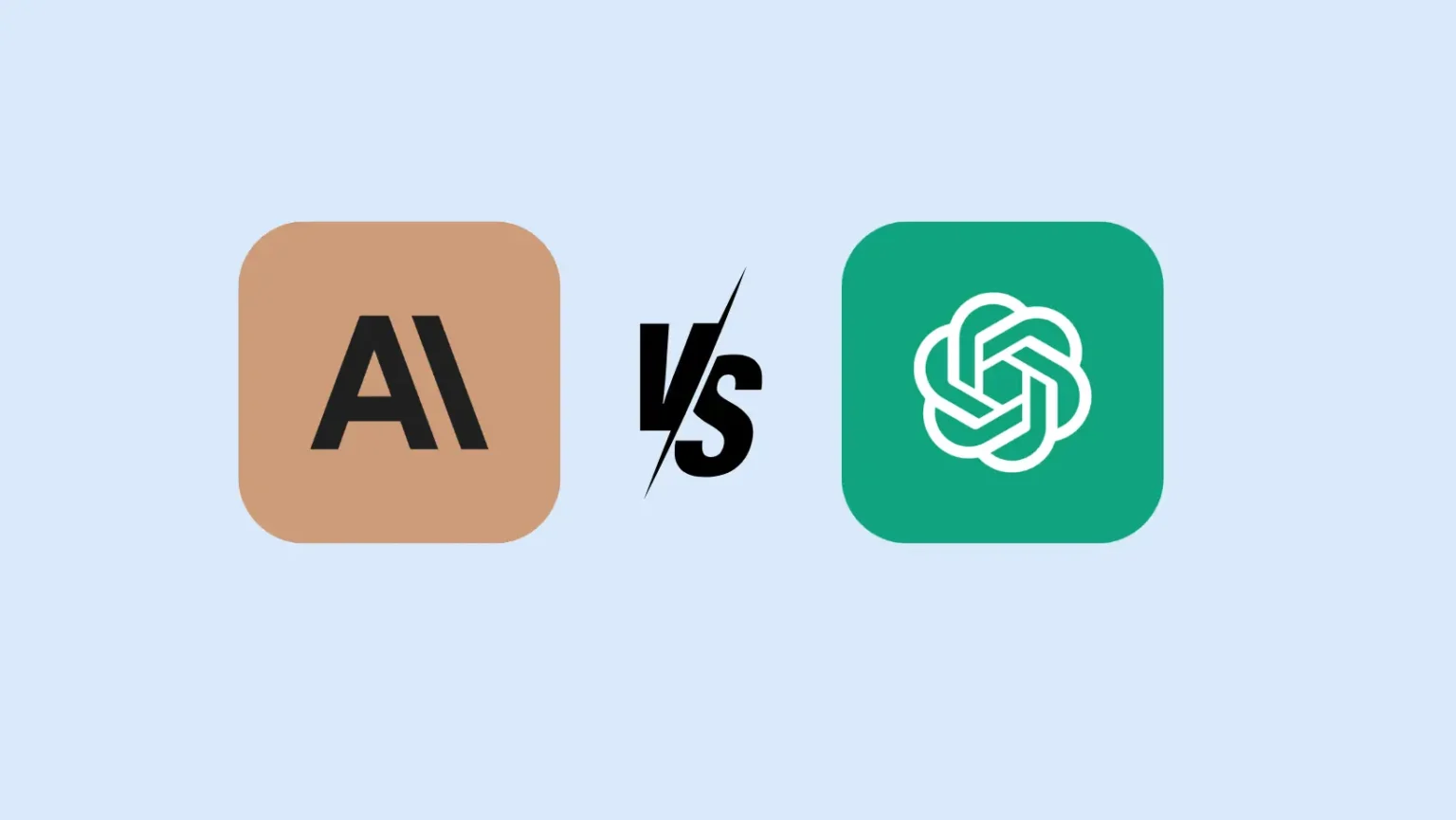


















































































































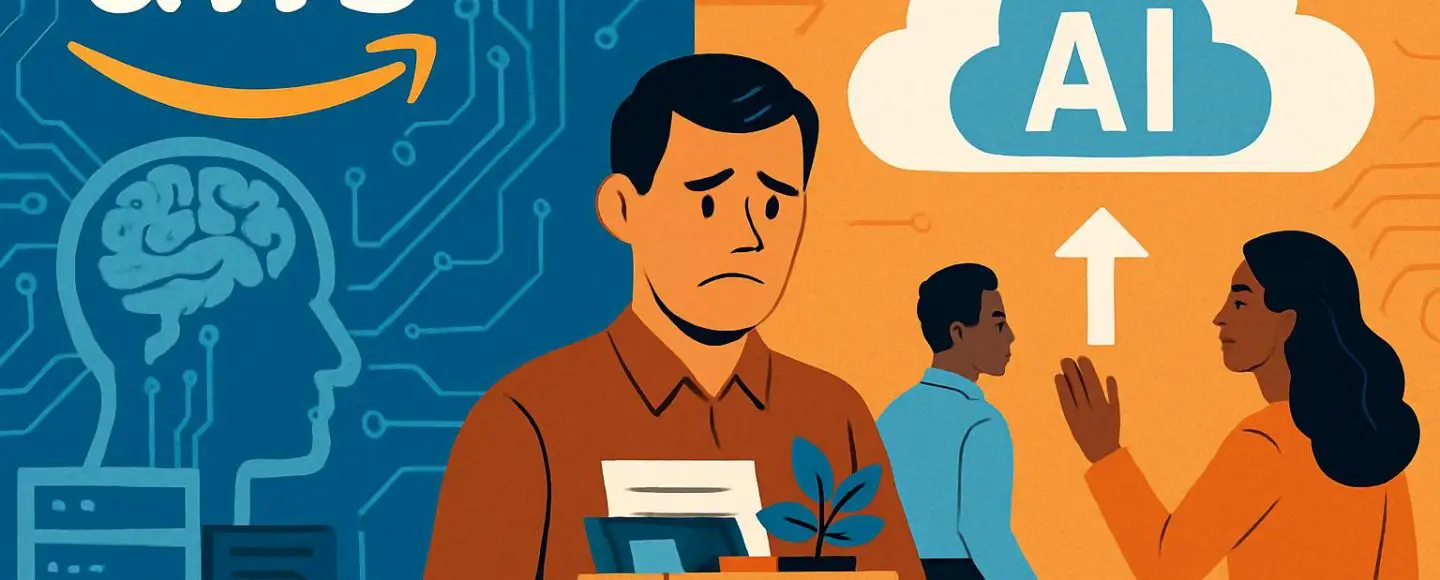
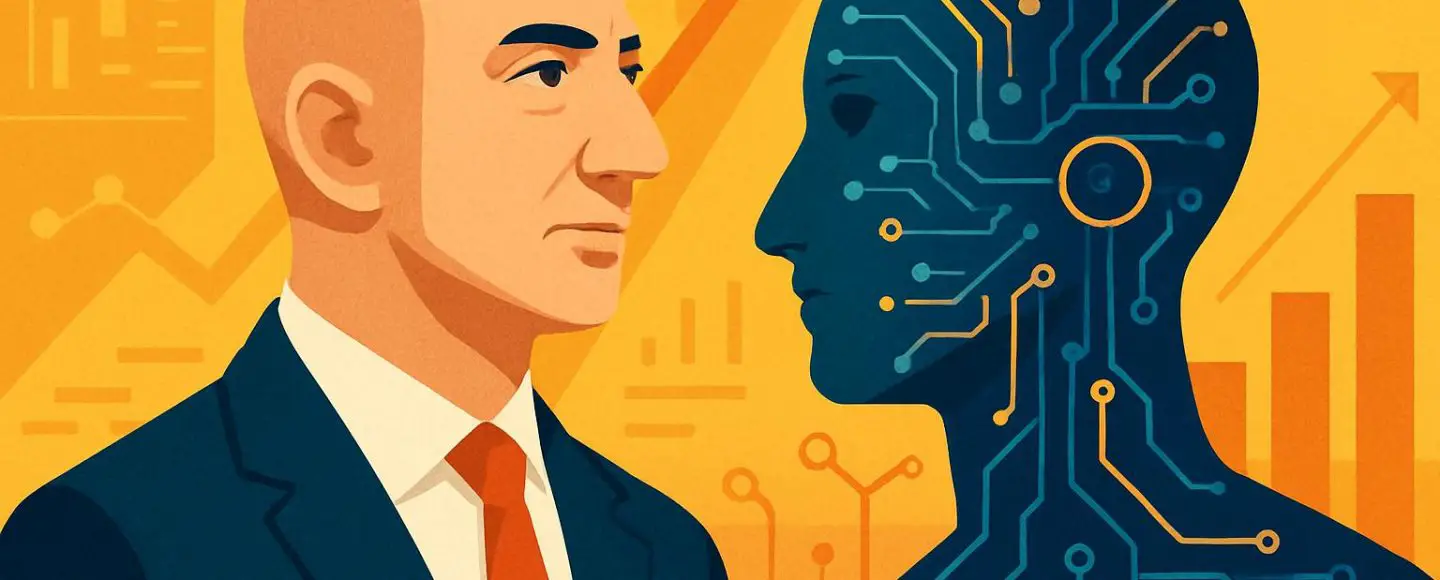























































![[The AI Show Episode 153]: OpenAI Releases o3-Pro, Disney Sues Midjourney, Altman: “Gentle Singularity” Is Here, AI and Jobs & News Sites Getting Crushed by AI Search](https://www.marketingaiinstitute.com/hubfs/ep%20153%20cover.png)


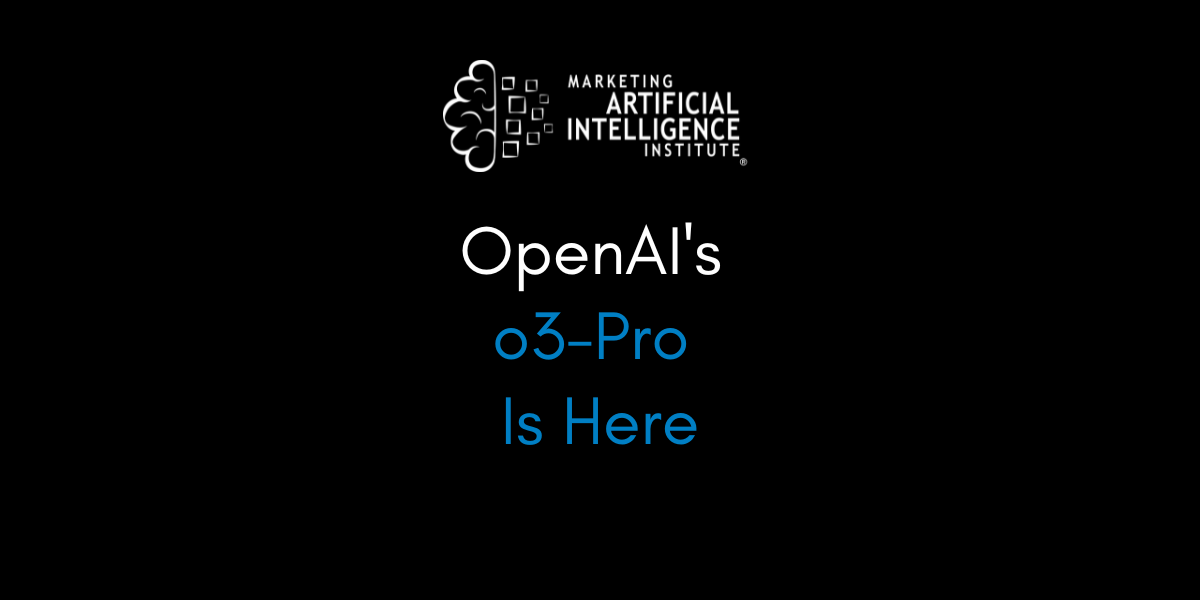







































































































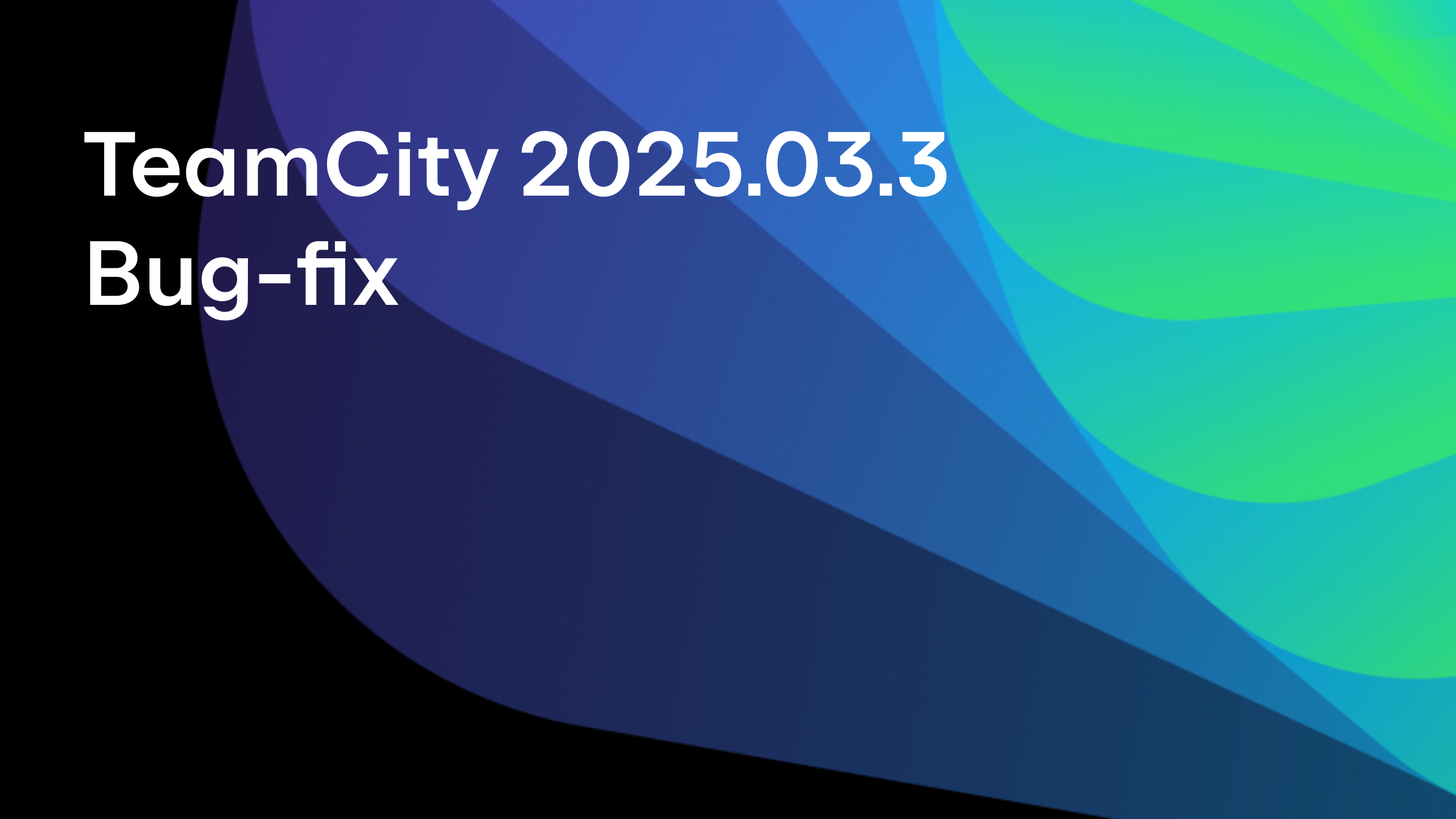





















































































![GrandChase tier list of the best characters available [June 2025]](https://media.pocketgamer.com/artwork/na-33057-1637756796/grandchase-ios-android-3rd-anniversary.jpg?#)




































































_Andreas_Prott_Alamy.jpg?width=1280&auto=webp&quality=80&disable=upscale#)











































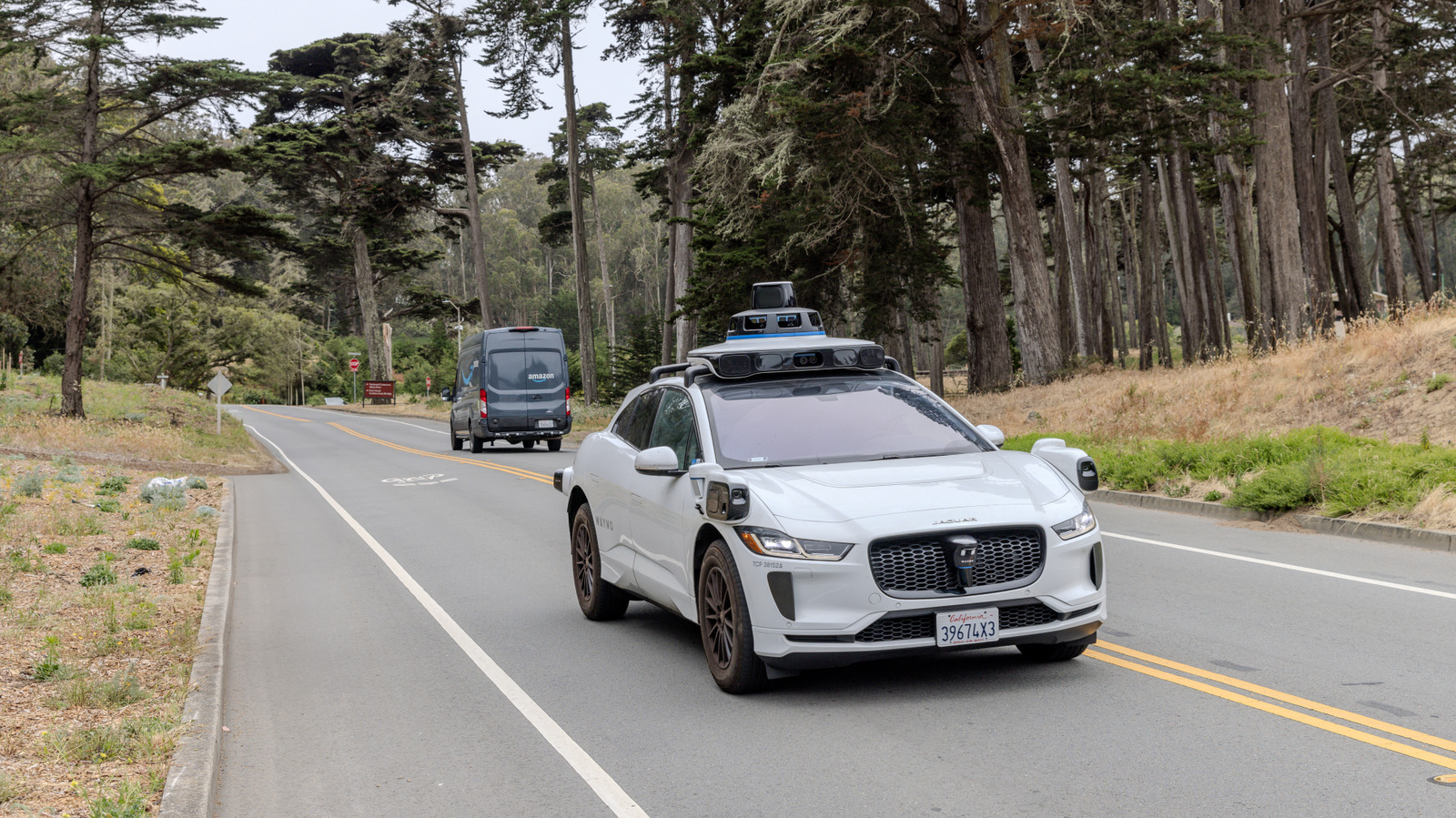






![[Fixed] How to Recover Unsaved Word Document on Windows 10/11](https://www.pcworld.com/wp-content/uploads/2025/06/How-to-recover-unsaved-word-document-main.png?#)

































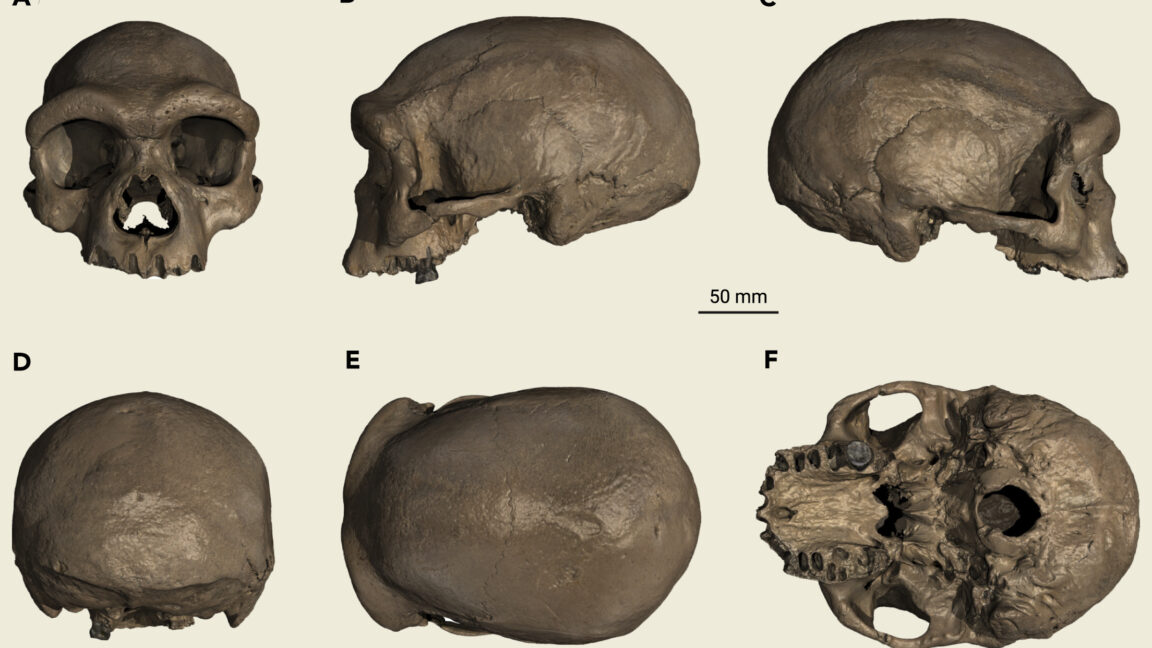































![Apple's F1 Camera Rig Revealed [Video]](https://www.iclarified.com/images/news/97651/97651/97651-640.jpg)

![Apple Shares New Apple Arcade Ad: 'Hold That Train!' [Video]](https://www.iclarified.com/images/news/97653/97653/97653-640.jpg)



































































